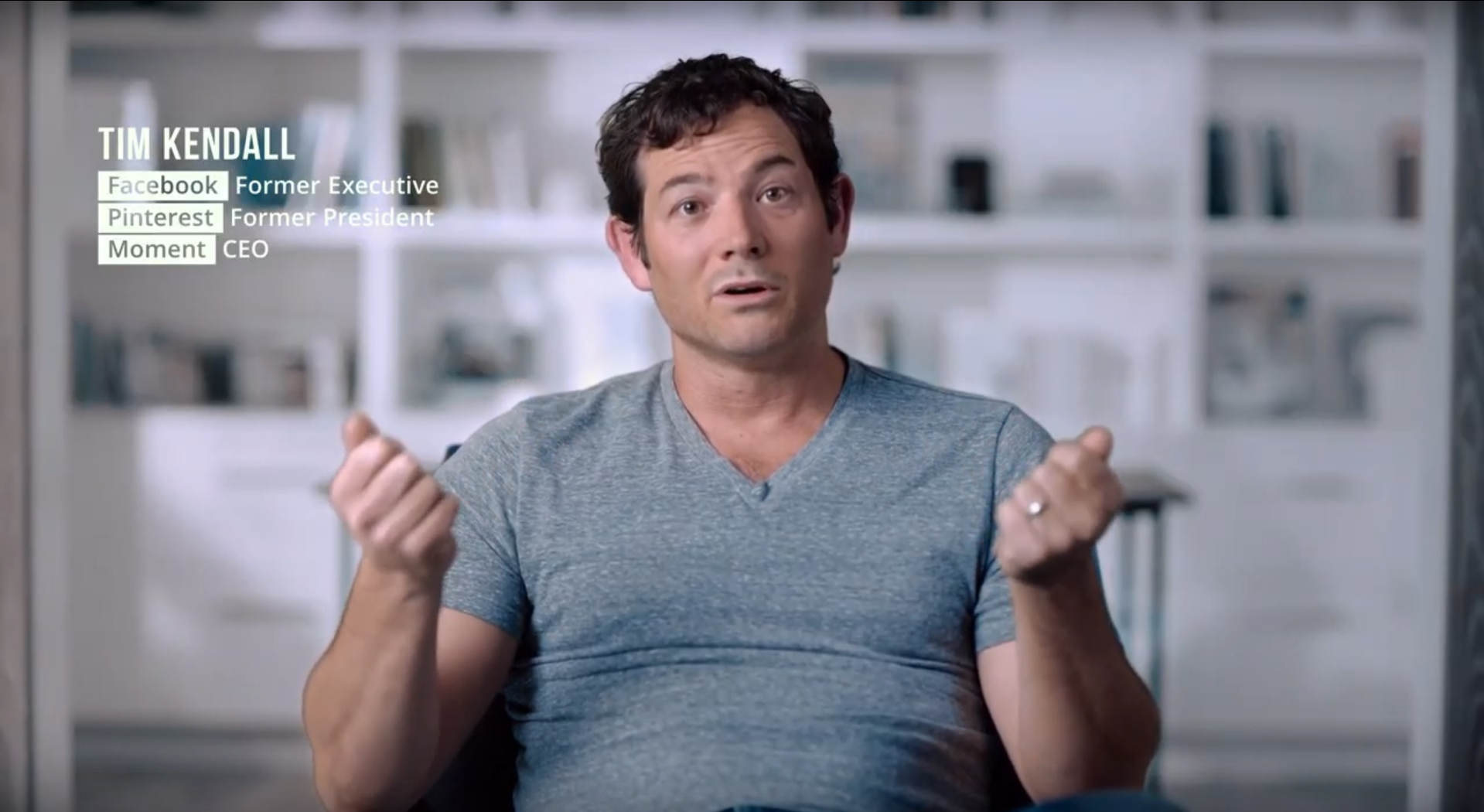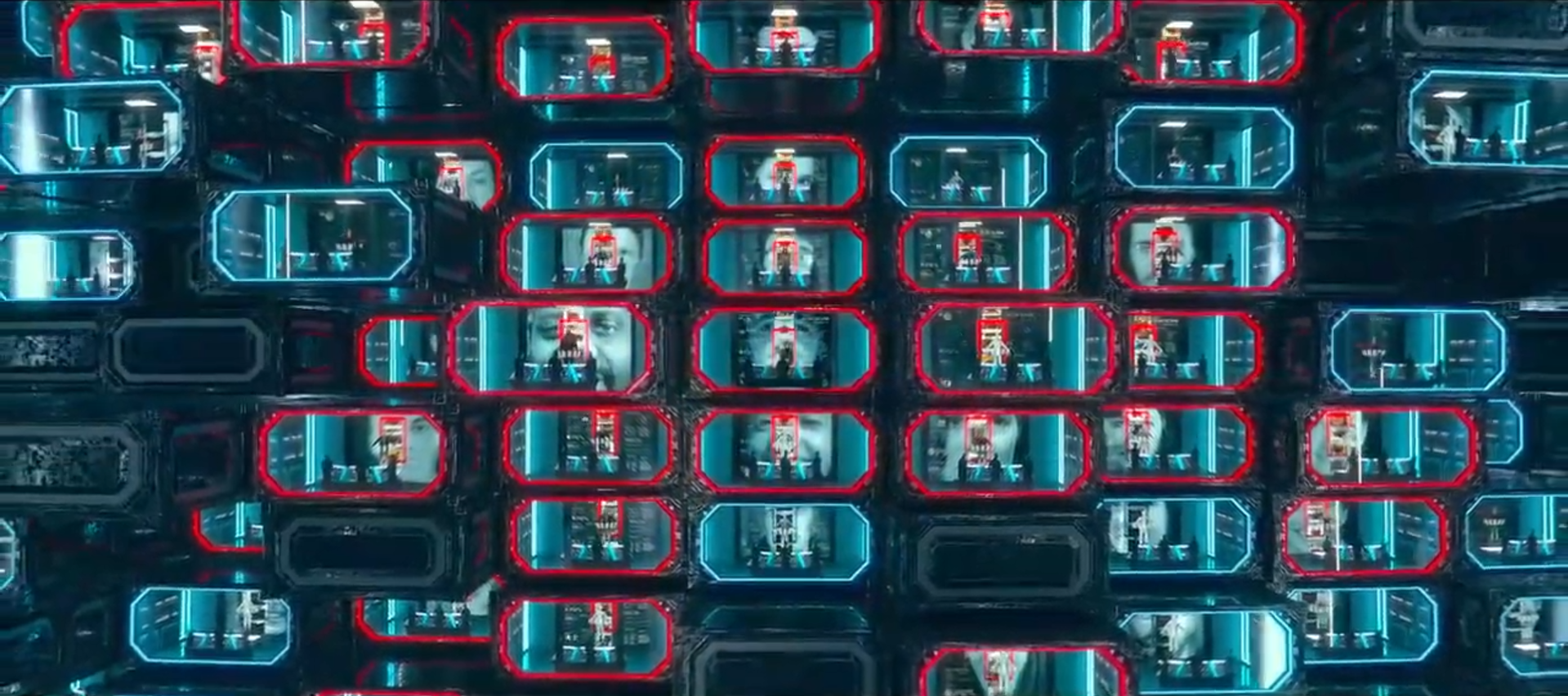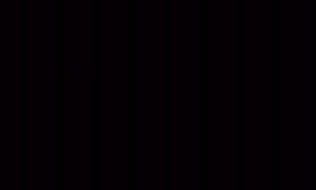
the social dilemna is a netflix original documentary made in 2020, warning of the dangers of social media. while it's good, it's not perfect. we watched it, and definitely have thoughts...
what were they trying to do?
who they were trying to inform:
the intended audience for this documentary is parents. this documentary being intended for parents is shown through the messages that children are being killed and harmed, the mentions of “My kids” and “Parents should be worried” shown throughout, and references that parents would understand.
what they were trying to inform:
this documentary is supposed to tell the people watching that they should be scared of social media. it tells us how algorithms who have the sole goal of money running the website being scary, and how the need for time on the platform to sell you to advertisers causing unintended problems.
lets start with looking at just the content of the documentary.
content: ★★★★☆

in our opinion, it's a pretty solid documentary. even if some aspects of it are flawed, the message is a good one, and one we think everyone should be taking away. it also presents some pretty tough concepts, such as the algorithms and A/B testing, pretty effectively for people who may not be as well accustomed to such things.
pros
- a good message
- great explanations of technical concepts
- interviews from professionals in the field
cons
- a lot of the real-life segments aren't great
- some points are too overblown
the dramatized parts are... not great. as previously mentioned, a lot of it's targetted at parents. as such, it can all be a little silly for the younger audience that are more accustomed to the world of social media. the use of "snips", as well as fake social media segments that seem almost out of touch, kinda detract from the message. it hurts their message a lot at times. when the documentary is trying to convince you that they know what's up, and then their dramatized bits don't reflect that, the audience is gonna start doubting if they know what's up.
as well, they really make wayyy too big a deal out of some points. while the dangers of social media are definitely there, the documentary portrays them as too powerful a force. while admittedly it would be a lot worse narrative-wise to show a more accurate depiction of the dangers of social media, it contributes more to the general sentiment that the documentary doesn't really know what they're talking about.
the graphs are good! they really hammered home the rising rates of teenage self-harm, and hit a lot harder than if they just told us the numbers. the problem is, there were only two. if they had none, it would be a lot worse, but we feel like if they only featured in one tiny segment, they now feel out of place. there were also definitely some other places that would have benefited from some nice visuals.
form: ★★★★☆

this documentary is very stylistically impressive. it has a lot of really well designed animations. the “high-tech sci-fi danger” style that they were aiming for was done nearly perfectly, having good holograms and glitch effects employed on a very successful level. it also effectively uses sound design to emphasize its points, with the horror music soundtrack playing whenever something they are trying to say is “bad” is happening and going to cheery, upbeat music when they say we can do better. they also correctly use cliffhangers when transitioning from the story of the family to the interviews with people. we have exactly one problem with the documentary's form: the extreme overdramatization of everything, but especially the interview segments. it's horribly over dramatic. why is there horror movie soundtrack when it's not that important??
pros
- well designed animations
- clear futuristic style
- amazing soundtrack
cons
- overdramatization
smth we thought was cool
one stylistic choice the director made was the consistent use of music throughout the documentary. they used the soundtrack to set the tone better when trying to convey their point, as well as lighten the mood. when they introduced the algorithms, the music was pounding and ominous, to make the point hit home harder. at the end, where there’s a more optimistic note, the music follows, and gets happier and brighter.
overall: ★★★★☆
despite its flaws, the documentary is good. the visuals are amazing, and if you're looking for a good documentary with some good messages, and don't know much about the topic, it's for you. while it's not perfect, it's the most interesting way possible to tell a story that's mostly bureaucracy and numbers.
